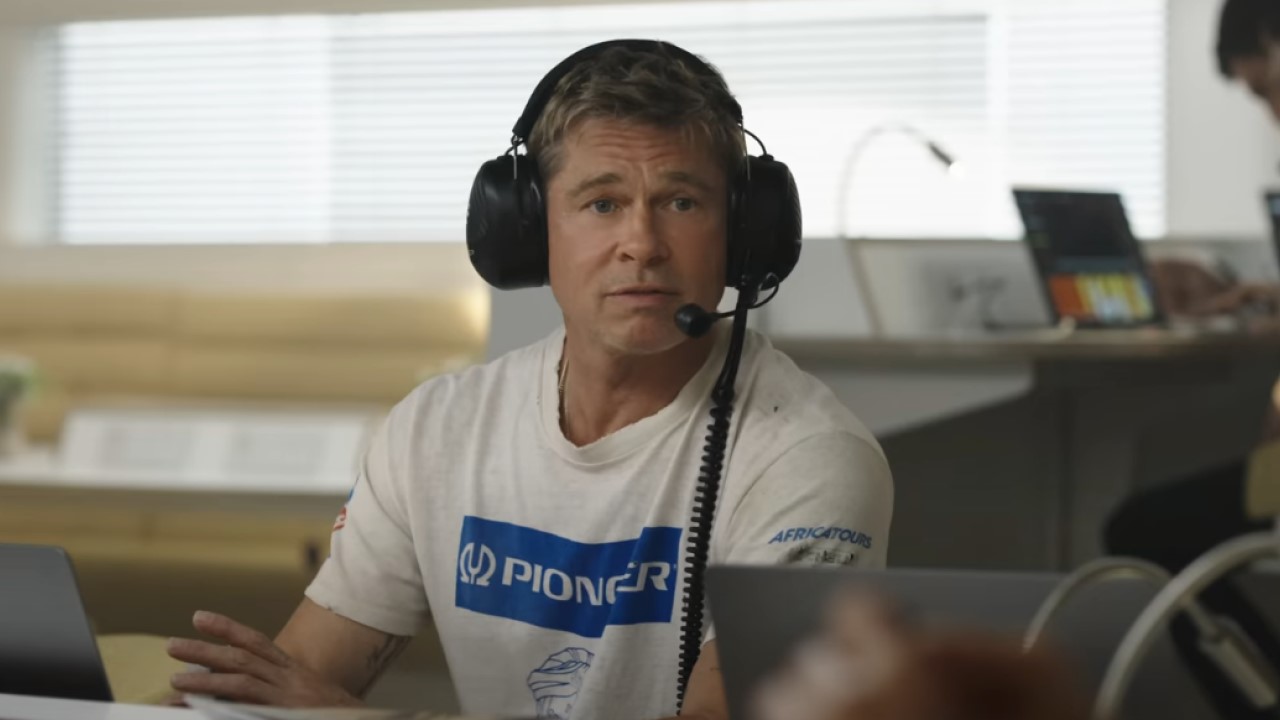5 Reasons Why Dreams Will Likely Always Be My Favorite Akira Kurosawa Movie
Don't be afraid to dream a little bigger, darling.
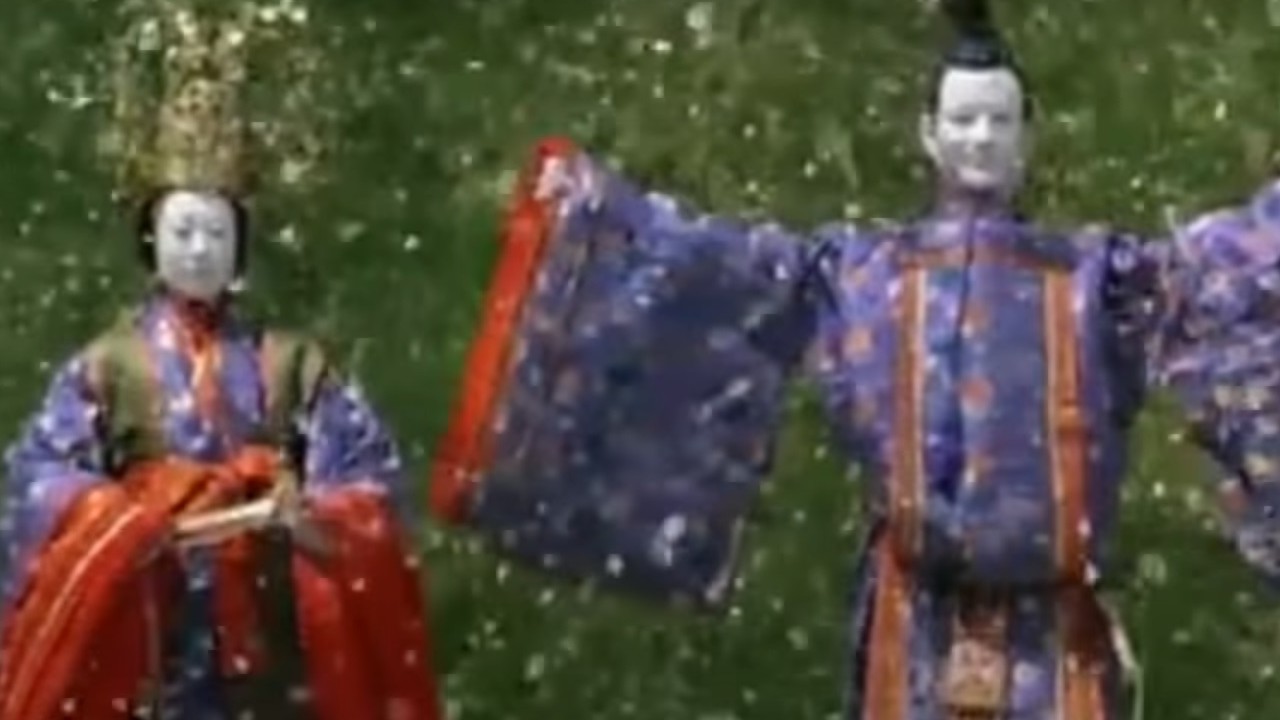
I don't think it's a stretch to say that most film enthusiasts have likely seen at least one Akira Kurosawa picture, if not several.
If they have, then it was probably one of the best samurai movies of all time, Seven Samurai, or perhaps it was Rashomon, with its tangly storyline. Star Wars fans might have checked out The Hidden Fortress to see where the similarities begin and end, while western fans might have watched Yojimbo to see the inspiration for A Fistful of Dollars.
However, while I've seen all of those movies (and many other Kurosawa pictures), my all-time favorite movie of his is Dreams (often referred to as Akira Kurosawa’s Dreams). Here's why.
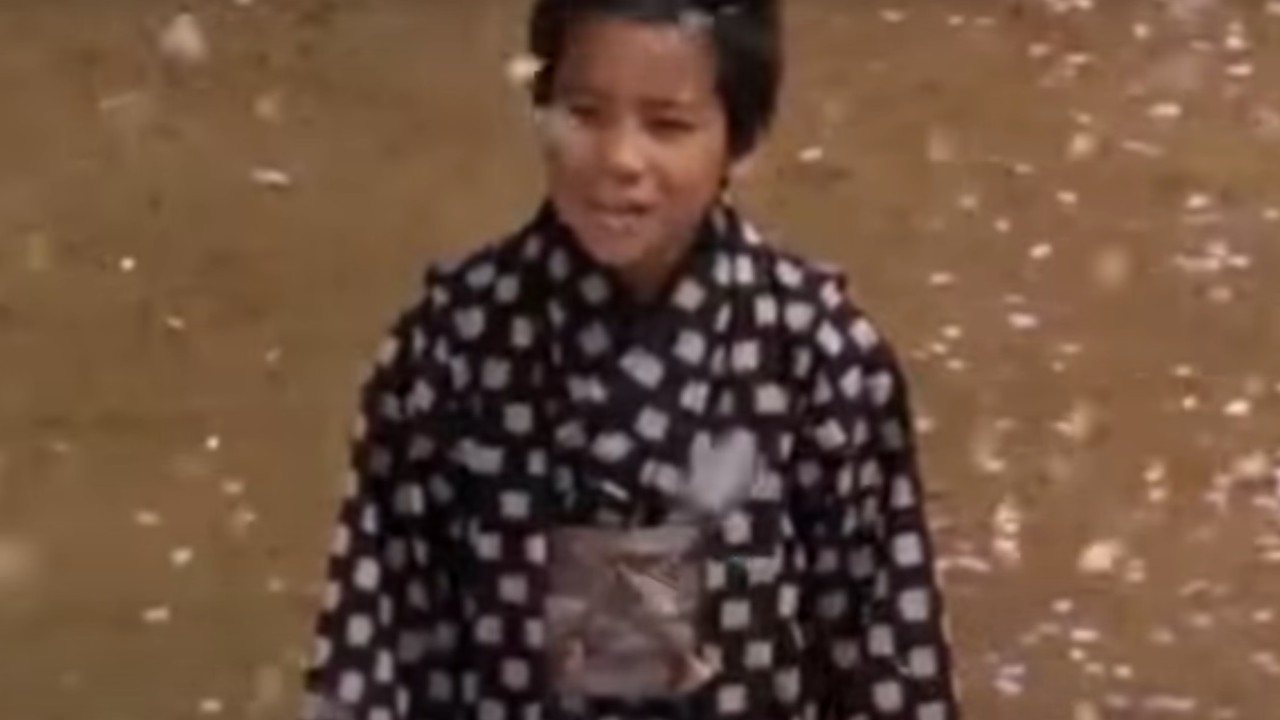
Dreams Have Always Fascinated Me, And It's A Real Treat To See Inside of Kurosawa's Subconscious
I've always been interested in dreams and the subconscious. Many moons ago, I geeked out and wondered what the movie Inception would be like if it was analyzed by dream experts, and not too long ago, I wrote a novel about dreams that I hope gets picked up by an editor (Fingers crossed!) someday.
So, dreams have always been my jam. It's probably why I prefer Freddy Krueger over Michael Myers and Jason Voorhees, and why my favorite episodes of TV shows are often the ones that involve dream-like scenarios. Dreams are just so fascinating since they're always so personal, and they’re also usually pretty abstract.
Dreams, which Kurosawa directed way late in his prestigious career, is both abstract and personal, but also so much more. Told in eight different segments, each one is bold and expressive in ways that are truly unforgettable.
I’m not going to go through all of them here, but some of the highlights are “The Peach Orchard,” “The Blizzard,” “The Tunnel,” and “Crows,” which are actually, back, to back, to back, and comprise the most interesting segments of the entire movie, if you ask me.
Your Daily Blend of Entertainment News
In “The Peach Orchard,” a little boy is led outside by a little girl, only for him to find a grand performance outside from people who say they’re the spirits of the peach orchard that his family had cut down. It truly is beautiful. “The Blizzard” features a group of men trudging through a blizzard, and a mythical figure who tries to lead them to their deaths.
“The Tunnel” is an especially creepy one. It sees a military man go into a tunnel, only to come out again and be confronted by all the men who died under his command. And then there’s “Crows,” where we’re taken through a series of Van Gogh paintings while an art student tries to catch up to him (I’ll talk more about this one later).
All of these segments are said to be recurring dreams that Kurosawa had on multiple occasions, and it’s really magnificent to see inside the artist’s mind. I really can’t think of any other film like it, save for maybe Tarkovsky’s movie, Mirror, which I didn’t particularly enjoy (though, I did love Stalker by Tarkovsky, but that’s an entirely different discussion). In any case, Dreams really is like no other movie I’ve ever seen.
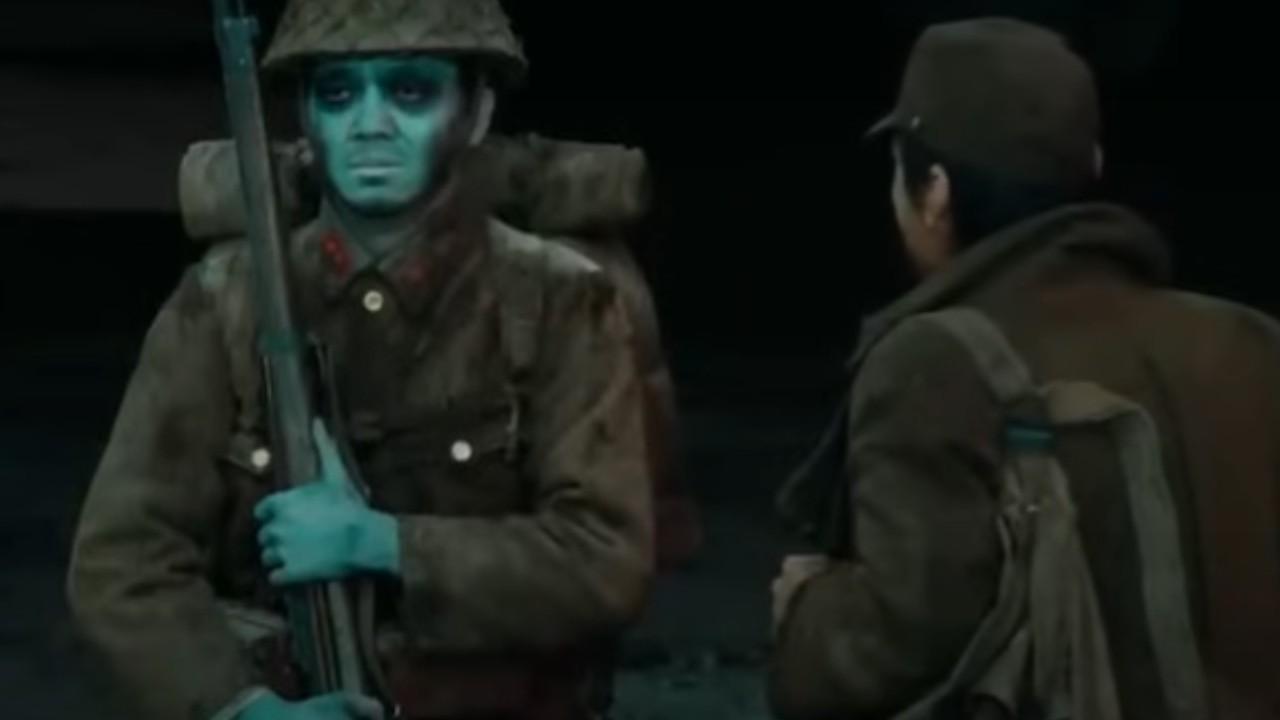
The Imagery Truly Is Dreamlike, Both Beautiful, But Also Nightmarish At Times
Honestly, each segment in this movie could be its own separate short, but put together, and it really does feel like one long, meandering dream. Now, usually, “meandering” is not a positive word when referring to a movie, but it works here since dreams often meander themselves.
In the first segment, “Sunshine Through the Rain,” we get a little boy who is told by his mother to stay inside because there’s a sunshower, and kitsune (Which are foxes) get married on such days. The boy unfortunately doesn’t listen, goes into the forest, and witnesses the wedding, but is then spotted.
He runs home, only for his mother to tell him that he can’t come inside, as a fox gave her a knife, and he must go and apologize to them. She tells her son that he must kill himself with the knife if the foxes don’t forgive him, and the segment ends in uncertainty as he heads to the foxes’ home, which is underneath a rainbow.
This segment is gorgeous, and at the same time, terrifying. It also follows dream logic, and it lulls you into the next segment, which is the aforementioned “The Peach Orchard.” This unique style truly captures what it’s like to go from dream to dream to dream, and it blows my mind how well Kurosawa captured that feeling on film.
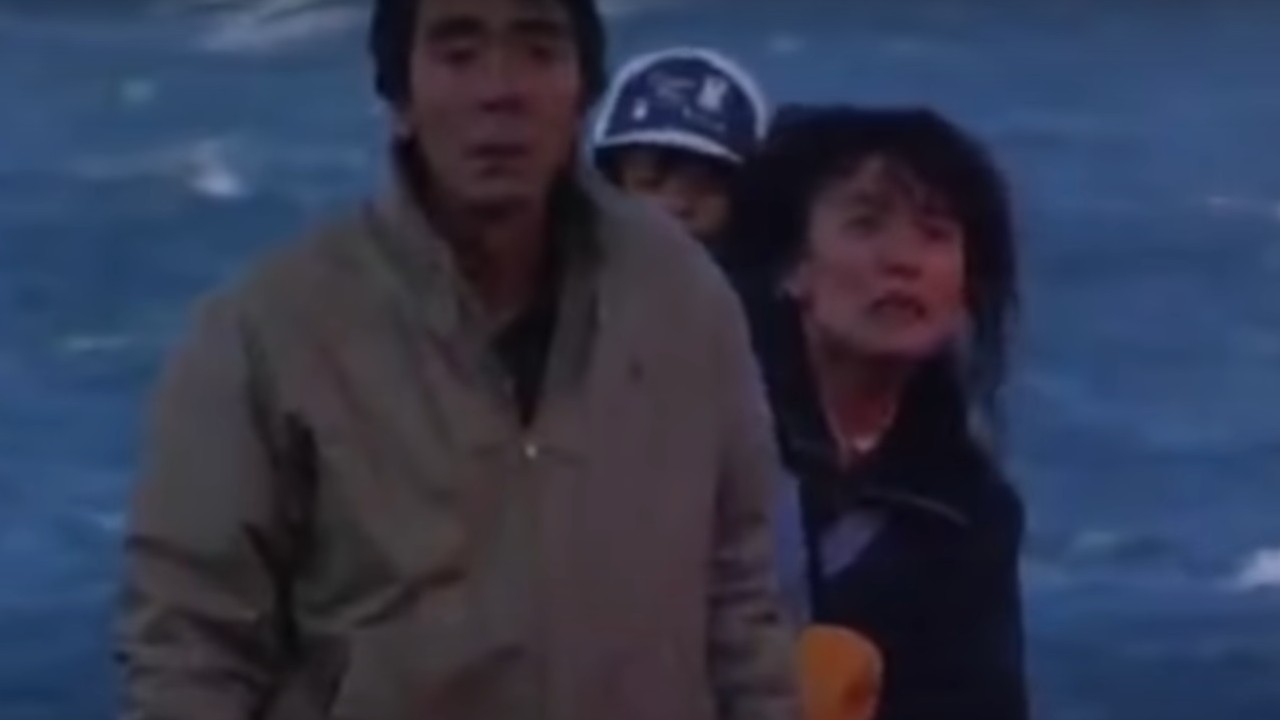
Each Segment Feels Like It Both Builds Upon The Last, But Could Also Be Totally Separate
I just mentioned how “Sunshine Through the Rain” leads into “The Peach Orchard,” and both stories feature little boys experiencing interesting scenarios. A lot of this movie feels that way, with one dream leaking into another.
Some of these segments feel like they connect, while others, such as “Crows” and “Mount Fuji in Red,” are so jarringly different that you actually feel a bit unsettled in their incongruity.
This was a really unique approach, and it makes me wonder where the dreamer ends, and the filmmaker begins. Kurosawa was the sole screenwriter for this film (a feat he hadn’t accomplished in decades), and you get a sense that he wanted to capture the feeling of dreams, but also wanted to make sure that it worked as a movie, with different beats to keep the viewer engaged.
I mentioned Tarkovsky’s Mirror earlier, and I think that film is a good counterpoint, as it’s also dreamlike, but its structure is almost incomprehensible (and is meant to be…I think). But, there is a definite structure to Dreams, which makes it very enjoyable, and easy to follow.
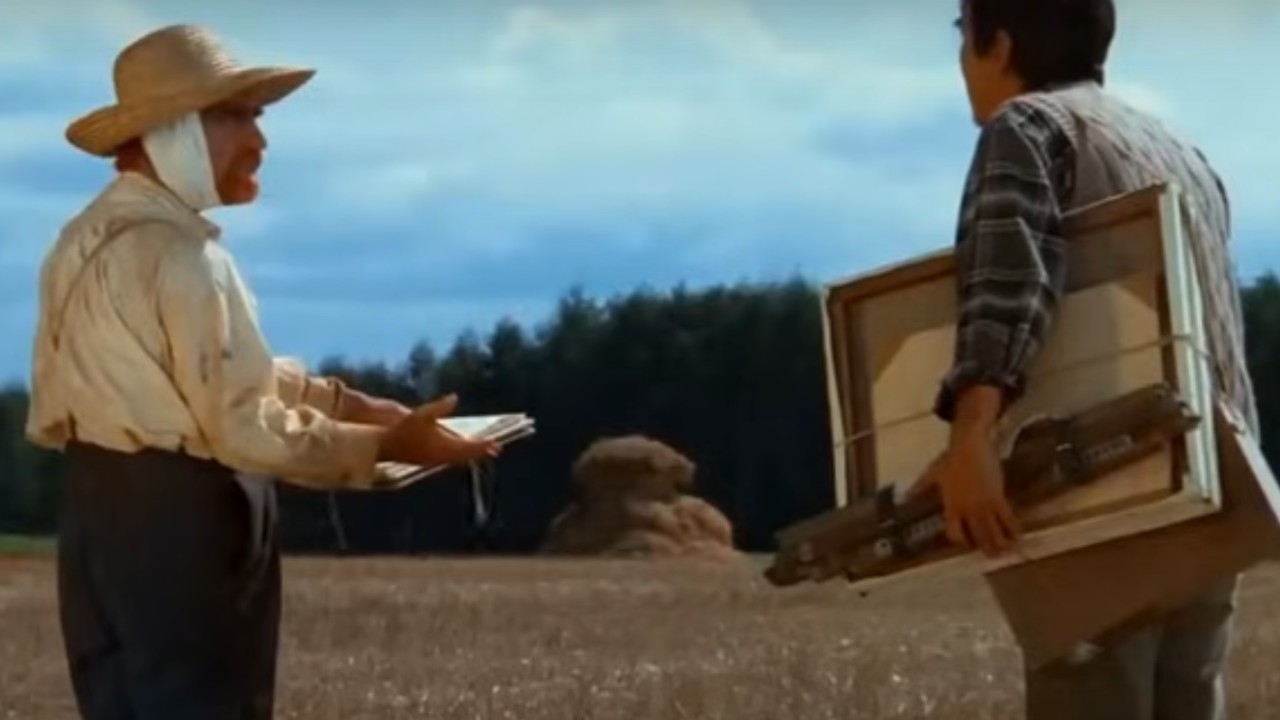
Martin Scorsese Has A Fascinating Acting Role In The Film As Van Gogh
Martin Scorsese has directed some of the best movies of all time, but he also, occasionally, has acted. It was the case in some of his own movies, such as Taxi Driver, and one of my favorites of his, After Hours, in a brief scene, but he’s also acted in other people’s pictures, such as Robert Redford’s Quiz Show, and as a voice in Shark Tale. Well, he also acts in Dreams, and it's one of his most enigmatic and interesting performances yet.
In the segment, “Crows,” he plays Vincent Van Gogh, and he’s constantly on the move as an art student tries to catch up with him.
We see him walk through some of his paintings, only for him to actually comment on art itself, which might just be Kurosawa speaking through Van Gogh about his own work. It’s a memorable scene in a movie full of memorable scenes, and I just love it with my full heart.
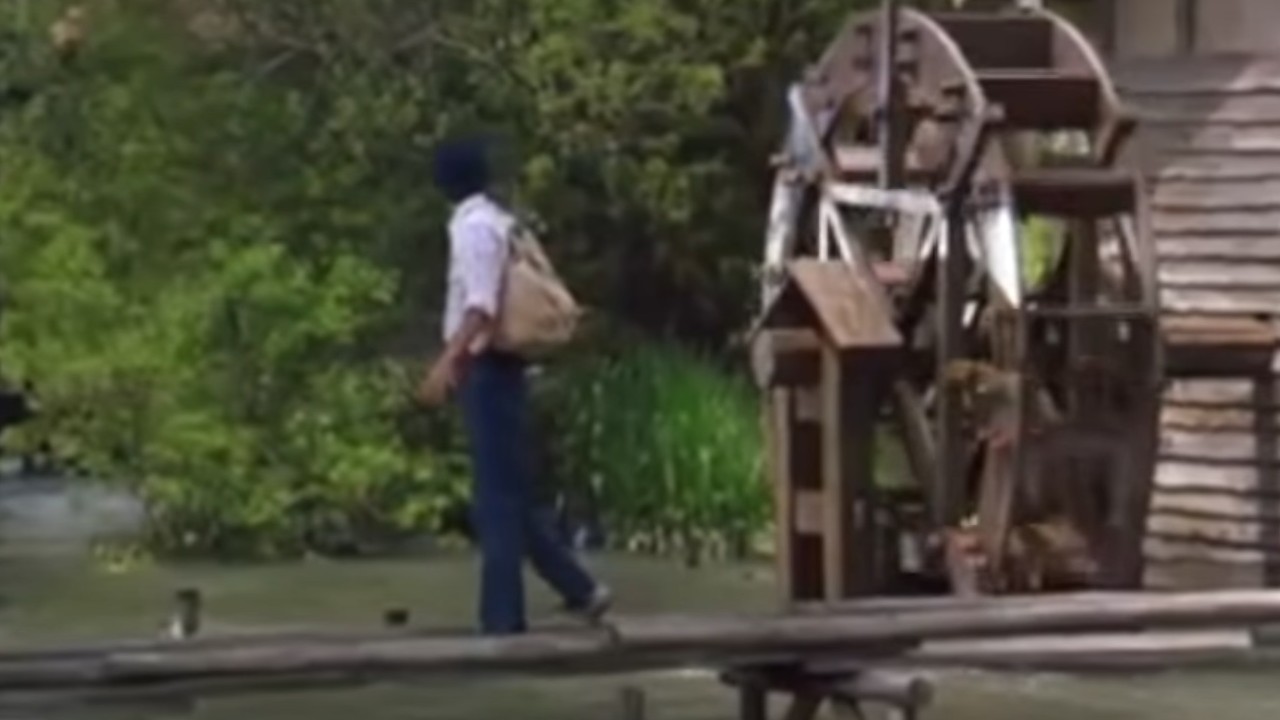
It's Probably Kurosawa's Most Personal Movie In His Lengthy Filmography
Kurosawa directed several films, many of them masterpieces. A few of my favorites are High and Low, Kagemusha, Throne of Blood, and Ran. II haven’t seen his entire filmography yet (I’m close!), but I'm going to wager that Dreams is his most personal movie ever.
It might be because you can actually see representations of Kurosawa in the film, as some of the characters wear his signature bucket hat. In this way, it’s almost as if Kurosawa himself is wandering through his own dreams, and he gave us the privilege of seeing inside his mind and going on this journey with him.
Following Dreams, Kurosawa made two other movies before his death, those being Rhapsody in August, and Madadayo. They’re both interesting films, but don’t feel super personal. Dreams is though, and for a body of work as grand as his, it’s nice that he made a film specifically for himself toward the end of his career.
What do you think? Have you seen Dreams? For more news on old movies and entries in the 2024 movie schedule alike, be sure to swing by here often.
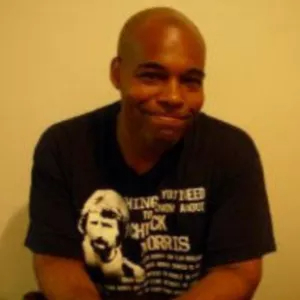
Rich is a Jersey boy, through and through. He graduated from Rutgers University (Go, R.U.!), and thinks the Garden State is the best state in the country. That said, he’ll take Chicago Deep Dish pizza over a New York slice any day of the week. Don’t hate. When he’s not watching his two kids, he’s usually working on a novel, watching vintage movies, or reading some obscure book.
